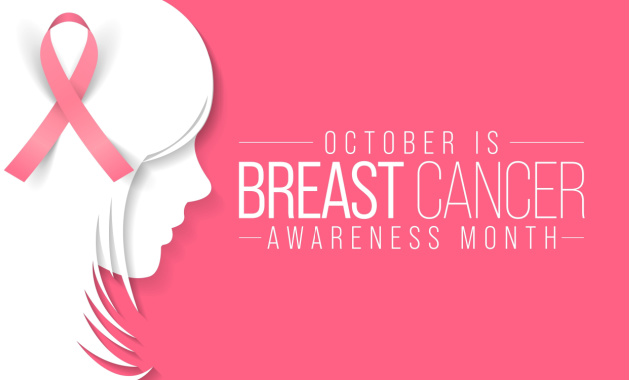
With nearly half of women aged 40 and above discovering it during their mammograms, dense breast tissue is a prevalent finding[1]. The breast constitutes a combination of glandular, fibrous connective, and fatty breast tissue. Breast density characterizes the proportion of these distinct tissue types as depicted in a mammogram. In dense breast tissue, there is a higher concentration of glandular and fibrous connective tissue, accompanied by a lower proportion of fatty breast tissue.
Why does breast density matter?
Having dense breast tissue is associated with a higher risk of breast cancer compared to those with mostly fatty breast tissue[1]. Dense breast tissue is linked to lower mammogram sensitivity and having extremely dense breast tissue increases the risk of breast cancer by up to six times[2]. This is because both dense breast tissue and certain abnormal changes in the breast, like calcifications and tumors, show up as white spots in the mammogram, while fatty tissue looks dark. This can make it harder to spot potential issues, increasing the risk of missing early signs of cancer.
How to determine whether you have dense breast tissue?
Dense breast tissue cannot be detected through touch, whether it’s during a self-examination by the woman herself or during a clinical breast exam performed by her doctor. The identification of dense breasts is exclusively within the purview of a radiologist who examines mammogram images. Thus, the determination of whether a woman has dense breasts, also referred to as mammographically dense breasts, can only be made by a radiologist based on these images.
How is breast density categorized in the mammogram report?
Breast Imaging Reporting and Data System (BI-RADS), formulated by the American College of Radiology, aids doctors in interpreting and reporting mammogram results. According to BI-RADS, a mammography report categorizes breast density into four groups[3].
-The first group, which applies to roughly 10% of women, indicates breasts composed primarily of fatty tissue.
-The second group, found in about 40% of women, refers to breasts with scattered areas of dense tissue. These are often called non-dense or low-density or fatty breasts.
-The third group, also comprising about 40% of women, denotes breasts with uniform density, termed “heterogeneously dense” in reports.
-The fourth group, representing around 10% of women, describes extremely dense breasts.
Is there any additional cancer screening for women with dense breasts?
Mammograms can sometimes miss cancers in dense breasts. That’s because both cancer and dense tissue look white in a mammogram, making it tricky to spot small cancers. The denser the breast, the tougher it is for a radiologist to detect any issues. Dense breasts are just one risk factor for breast cancer. Your doctor will also consider your age and family history of cancer.
Besides regular mammograms, there are other screening tests to assist if you have dense breasts. These include 3D mammograms (tomosynthesis), MRI, Ultrasound, Contrast-enhanced mammograms, and Molecular breast imaging.
To conclude
When discussing your breast health with your healthcare provider, it’s essential to ask personalized questions based on your medical history. Start by inquiring about the findings related to dense breasts in your recent mammogram. This will provide insight into your unique situation. Depending on the assessment, ask your doctor whether additional screening or diagnostic tests are recommended for you. Understand your overall personal risk of breast cancer, considering your specific risk factors and protective factors to make informed decisions about your breast health and screening.
Still, trying to figure out where to begin? Seek 100% confidential advice from a professional. Talk To An Expert
(The article is written by Dr.Subita Alagh, Senior Executive, and reviewed by Monalisa Deka, Senior Health Content Editor)
References
1. Centre for Disease Control and Prevention. Cancer Home. Breast Cancer. What Does It Mean to Have Dense Breasts? Available online from: https://www.cdc.gov/cancer/breast/basic_info/dense-breasts.htm#:~:text=Women%20with%20dense%20breasts%20have%20a%20higher%20chance%20of%20getting,%2Ddense%20(fatty)%20breasts.
2. Bodewes FTH, van Asselt AA, Dorrius MD, Greuter MJW, de Bock GH. Mammographic breast density and the risk of breast cancer: A systematic review and meta-analysis. Breast. 2022 Dec;66:62-68. Available from: https://www.ncbi.nlm.nih.gov/pmc/articles/PMC9530665/
3. Available online from: https://www.cancer.gov/types/breast/breast-changes/dense-breasts#:~:text=However%2C%20dense%20breasts%20are%20a,ability%20to%20read%20a%20mammogram.